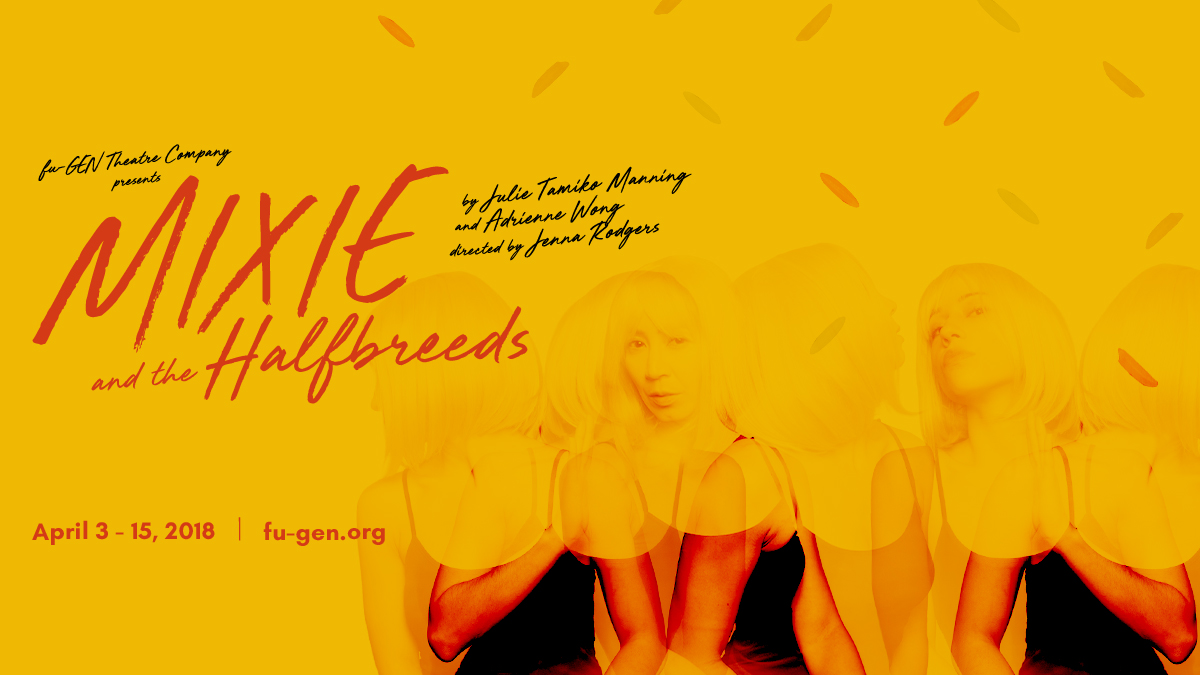DNA tests are all fine and dandy, but they can never tell us who we really arePosted in Articles, Health/Medicine/Genetics, Media Archive, Oceania on 2018-04-04 23:11Z by Steven |
DNA tests are all fine and dandy, but they can never tell us who we really are
Stuff (The Dominion Post)
Wellington, New Zealand
2018-04-03
Geoff Chambers, Senior Research & Teaching Fellow (Retired)
Victoria Unversity of Wellington, New Zealand
Paul Callister, Retired Economist
Wellington, Victora, New Zealand
 ‘So just who are we? Ancestry and culture became blended in the concept of ‘ethnicity’ popular from around the 1980s. 123rf.com |
OPINION: Who am I and where do I come from? Many New Zealanders ask themselves these important questions. This is the basis of our identity as individuals and as members of groups. The article Seeking the truth in DNA (March 24) tells us just how popular it has become to seek answers through genetic testing companies like Ancestry.com. For a few dollars and a small saliva sample all will be revealed.
But will it? What these tests do show is who our deep-time ancestors were and where they came from. Their results may be surprising to some. It is possible to be born in Dublin to two rock solid Irish parents and yet be told that you are Scandinavian. This dilemma can only be resolved by learning about historical population movements and invasions.
In New Zealand our focus is often on the Māori v European identity. The article above told the story of Oriini Kaipara, whose DNA test showed that she was 100 per cent Māori rather than just 80 per cent as she had expected. This sparked a ‘blood quantum‘ debate. This became entwined with a wider discussion led by Simon Bridges about what constitutes our sense of identity. It is time now to unpack the history of these ideas for all round better understanding…
Read the entire article here.




